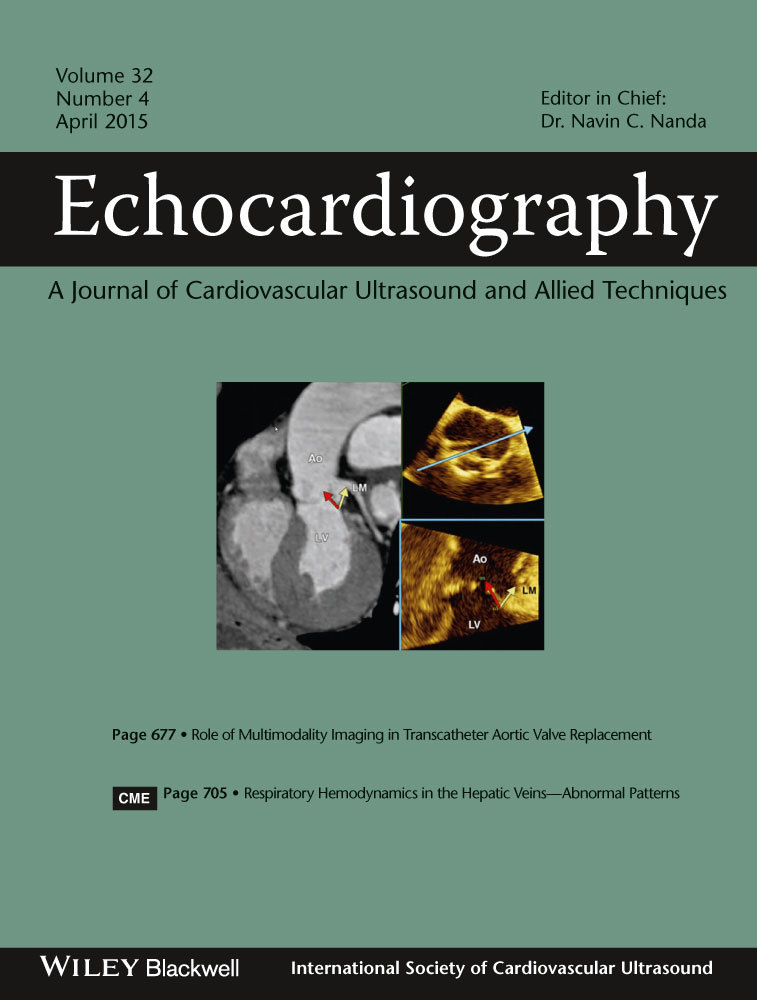Value of Two-Dimensional Strain Imaging in Prediction of Myocardial Function Recovery after Percutaneous Revascularization of Infarct-Related Artery
Abstract
Background
Speckle tracking is integrated into echocardiographic systems for evaluation of left ventricular (LV) function by means of automated function imaging (AFI). This study aimed at evaluating role of AFI-based strain in predicting postpercutaneous coronary intervention (PCI) LV function recovery.
Methods
Fifty patients with anterior wall myocardial infarction and impaired LV ejection fraction (LVEF) were prospectively enrolled. All patients showed positive viability results concerning left anterior descending (LAD) artery territory using low-dose dobutamine stress echocardiography (LDSE). All patients underwent strain imaging using AFI (before and after PCI).
Result
Mean age of the study population was 56.2 ± 5.4 years, 34 (68%) being males. 24 (48%) patients showed post-PCI LV function recovery after 4 months. They showed higher pre-PCI LVEF and AFI-based strain values. Logistic regression analysis presented baseline LVEF as an independent predictor of LV function recovery (Odds ratio = 0.7026, 95% CI: 0.54–0.93). A pre-PCI AFI strain value of −4.5% (sensitivity: 84% and specificity: 75%) for LAD territory and −9.5% (sensitivity and specificity of 50%) for global LV predicted LV function recovery.
Conclusion
Assessment of global and territorial LV strains using AFI; is of added value upon viability assessment using LDSE. Higher baseline LVEF and strain values are associated with post-PCI LV function recovery.




